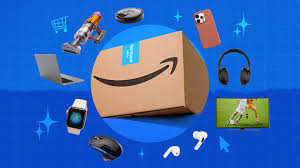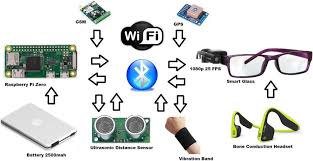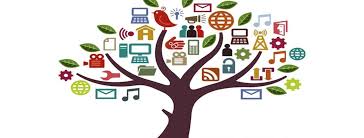Older adults can save tens of thousands of dollars annually by choosing assisted living communities over aging in place in their homes.
Unlike point solutions, Inspiren unifies resident safety, care planning, staffing, and emergency response into a single AI-powered platform.
An artificial intelligence-powered virtual assistant platform for senior living and care providers.

 AARP fielded a survey that is worth a look. The topic was
AARP fielded a survey that is worth a look. The topic was  It’s a bad sign when you get a warning from Amazon about Prime scams. Shopping online has definitely deteriorated when you receive a desperate email from Amazon warning about Amazon Prime scams. But their
It’s a bad sign when you get a warning from Amazon about Prime scams. Shopping online has definitely deteriorated when you receive a desperate email from Amazon warning about Amazon Prime scams. But their  Technology has enhanced the world for those with vision limitations. As many as 50 million Americans have some degree of vision loss -- a problem that was poorly addressed by technology prior to the arrival of smartphone navigation, smart glasses, sensors, robotics and AI in nearly all devices and technologies. Today, it's a whole new and innovative world -- supportive of individuals with a range of vision limitations from low vision to completely blind. And in fact, today those who are blind can use haptics to follow a game in real time, even in a stadium. They can create presentations from data sets, read road signs down the road, navigate airports and safely make their way through obstacle-filled streets. Here are five technology enablers that will likely make a difference:
Technology has enhanced the world for those with vision limitations. As many as 50 million Americans have some degree of vision loss -- a problem that was poorly addressed by technology prior to the arrival of smartphone navigation, smart glasses, sensors, robotics and AI in nearly all devices and technologies. Today, it's a whole new and innovative world -- supportive of individuals with a range of vision limitations from low vision to completely blind. And in fact, today those who are blind can use haptics to follow a game in real time, even in a stadium. They can create presentations from data sets, read road signs down the road, navigate airports and safely make their way through obstacle-filled streets. Here are five technology enablers that will likely make a difference: The population is aging – and still, the tech solution market is immature. Investors of all types demonstrate interest in a product here and an offering there. Competitions highlight product winners; money is raised for one product at a time. One reason for the immaturity of the market is the behavior of buyers. Senior living companies buy a product for this and
The population is aging – and still, the tech solution market is immature. Investors of all types demonstrate interest in a product here and an offering there. Competitions highlight product winners; money is raised for one product at a time. One reason for the immaturity of the market is the behavior of buyers. Senior living companies buy a product for this and  Don’t we already have technology to live our best life as we age?
Don’t we already have technology to live our best life as we age?